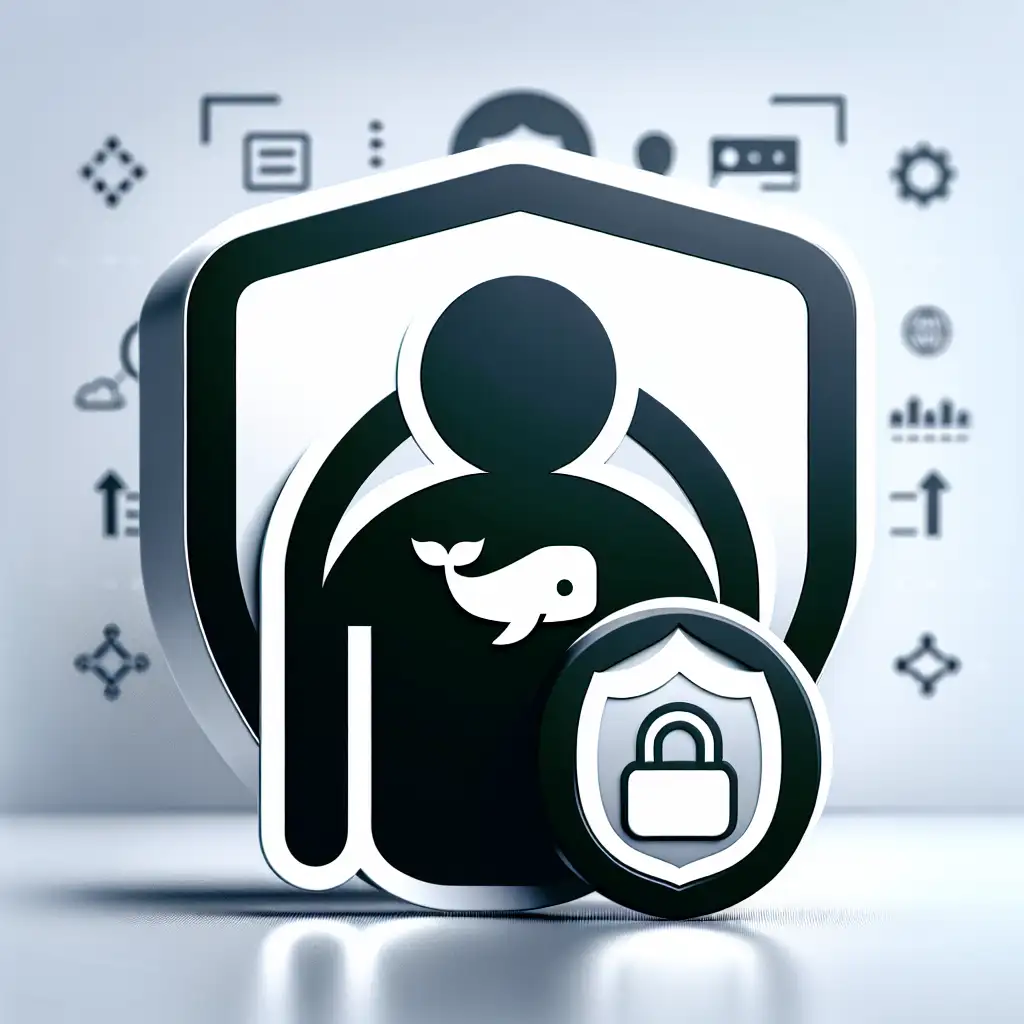How to Safely Add a User to the Docker Group Without Compromising Security
Adding a user to the docker group on a Linux host looks simple. Run a single command. Suddenly, no more sudo for every container operation. But here’s the real consequence: docker group membership grants equivalent-to-root access on the system, due to how the Docker daemon (dockerd) works.
A Real-World Scenario
Team onboarding—you want to let your developer Alex deploy containers during a sprint. The easy fix is appending Alex to the docker group for convenience. What did you just change on your system’s trust boundaries?
The moment Alex joins docker, Alex—and any process running as Alex—can start privileged containers, mount host filesystems, and manipulate images as root. With Docker versions 19.x or later, this remains unchanged: dockerd listens as root on its UNIX socket (/var/run/docker.sock). Group membership equals full API access.
Assess Before You Grant
Ask: Is this user supposed to have root-equivalent rights?
- For temporary tasks, using
sudo docker ...is preferable—at least you retain auditable logs and role-based control. - For persistent developer experience, understand the risk and document approvals.
Vulnerabilities can be subtle:
If an attacker compromises any user in the docker group, they can trivially escalate to root with code like:
docker run --rm -it -v /:/host alpine chroot /host sh
With this, everything on the host is exposed.
Steps to Add – With Security Perspective
1. Confirm Docker and Group Presence
getent group docker
If absent: ensure Docker is installed (check with docker --version). Standard installations create the docker group automatically.
2. Grant Access To Specific User
Replace USERNAME appropriately:
sudo usermod -aG docker USERNAME
-a: append; don’t replace other group memberships.-G docker: add to the group nameddocker.
3. Ensure Group Membership Activates
New group rights apply only after re-login. Advise the user:
newgrp docker
# or log out and log back in
Example: Add Alex, Then Test
sudo usermod -aG docker alex
su - alex # or Alex logs back in
docker run --rm hello-world
If misconfigured, you might see:
Got permission denied while trying to connect to the Docker daemon socket at unix:///var/run/docker.sock: Get http://%2Fvar%2Frun%2Fdocker.sock/v1.24/containers/json: dial unix /var/run/docker.sock: connect: permission denied
This points to group changes not being applied yet—gap between the admin task and user session update.
Best Practices and Hardening (Beyond the Obvious)
-
Review group membership regularly:
getent group dockerDocument why each user is present.
-
Consider alternatives:
- For CI/CD, use dedicated automation users restricted to pipeline runners.
- For privilege isolation, prefer
sudo -E docker ...or elevate only for specific sessions.
-
Host controls:
- Apply SELinux (
enforcing) or AppArmor profiles. Default Docker profiles can be tuned; don’t rely solely on them. - BIOS/UEFI Secure Boot and kernel lockdown can help resist root escapes.
- Apply SELinux (
-
Docker version/patching:
Don’t run ancient Docker (<18.09has well-known vulnerabilities). Review the Docker changelog frequently.
Side note:
APIs like docker-credential-helpers assist with secrets but do not mitigate root risk from daemon access.
Quick Reference Table
| Step | Command / Detail |
|---|---|
| Check docker group | getent group docker |
| Add user to group | sudo usermod -aG docker USERNAME |
| Apply new membership | User re-login or newgrp docker |
| Verify permissions | docker info |
| Audit group members | getent group docker |
Non-Obvious Tip
For teams running on Ubuntu LTS, consider restricting the Docker socket permissions further, or running a rootless Docker daemon (supported since Docker 20.10). Not all workloads will run rootless—networking and certain storage drivers have limitations—but for simple build/test pipelines, it sharply reduces host attack surface.
Summary
Adding someone to the docker group is functionally granting root. Use only when justified, restrict to those who need it, and combine with host hardening techniques. Regularly audit and review usage. Most important: understand that “developer convenience” here is capital-P Privileged. That’s not a problem if you acknowledge and control it.
For further isolation, explore orchestrators like Kubernetes, where API roles are more granular—though the base node still requires careful privilege management.
Questions or notes for improvement? Process feedback and adjust permissions before scaling.
